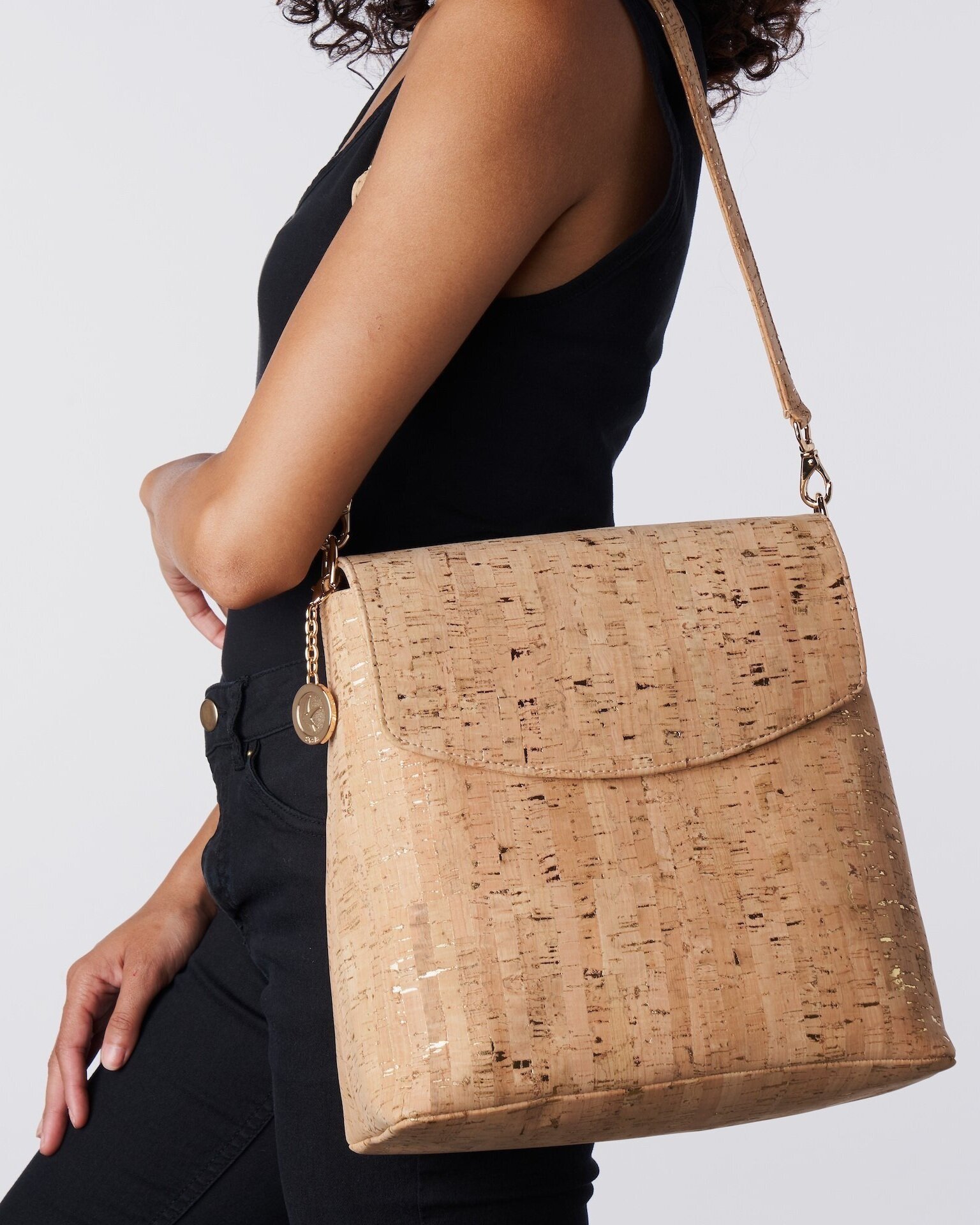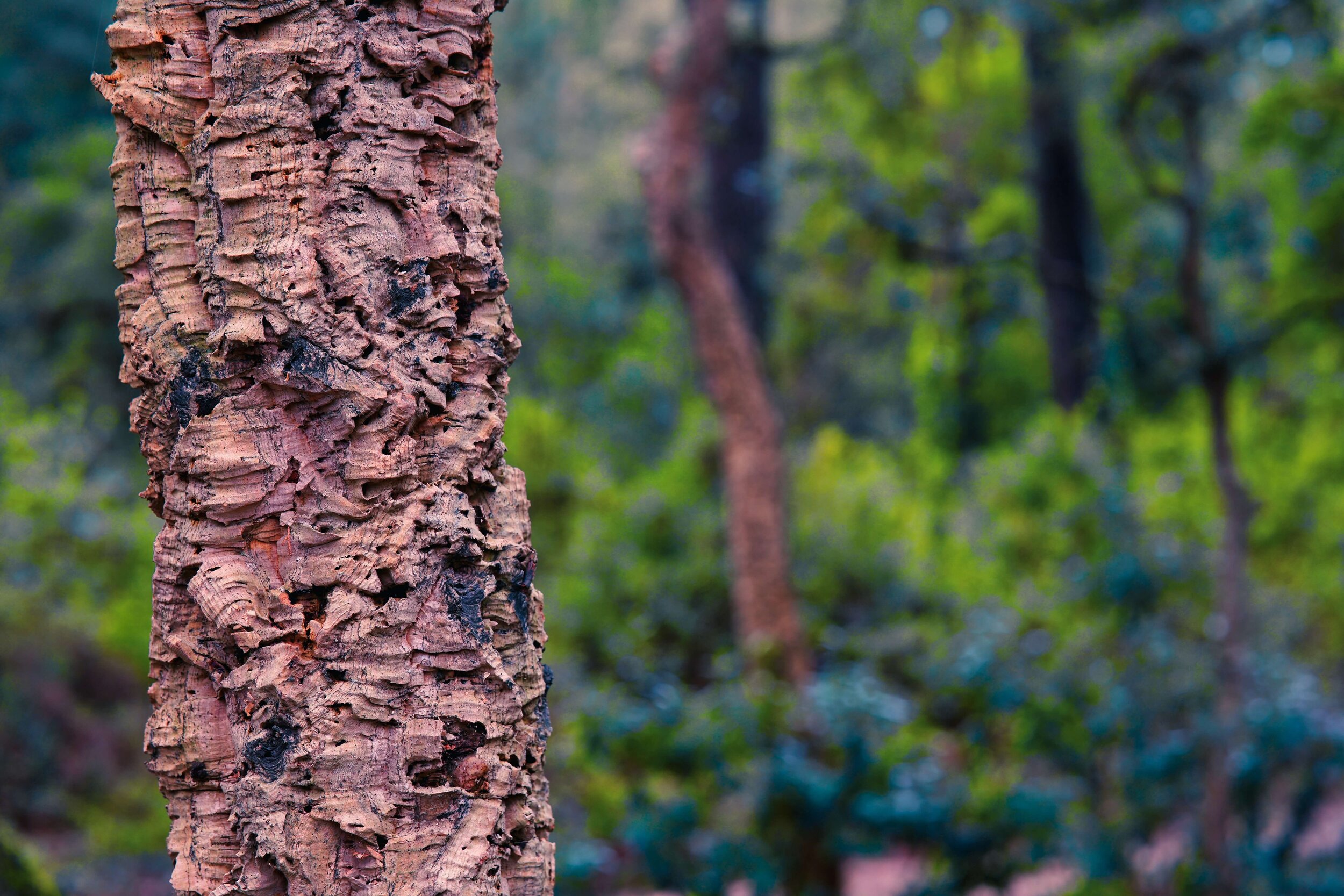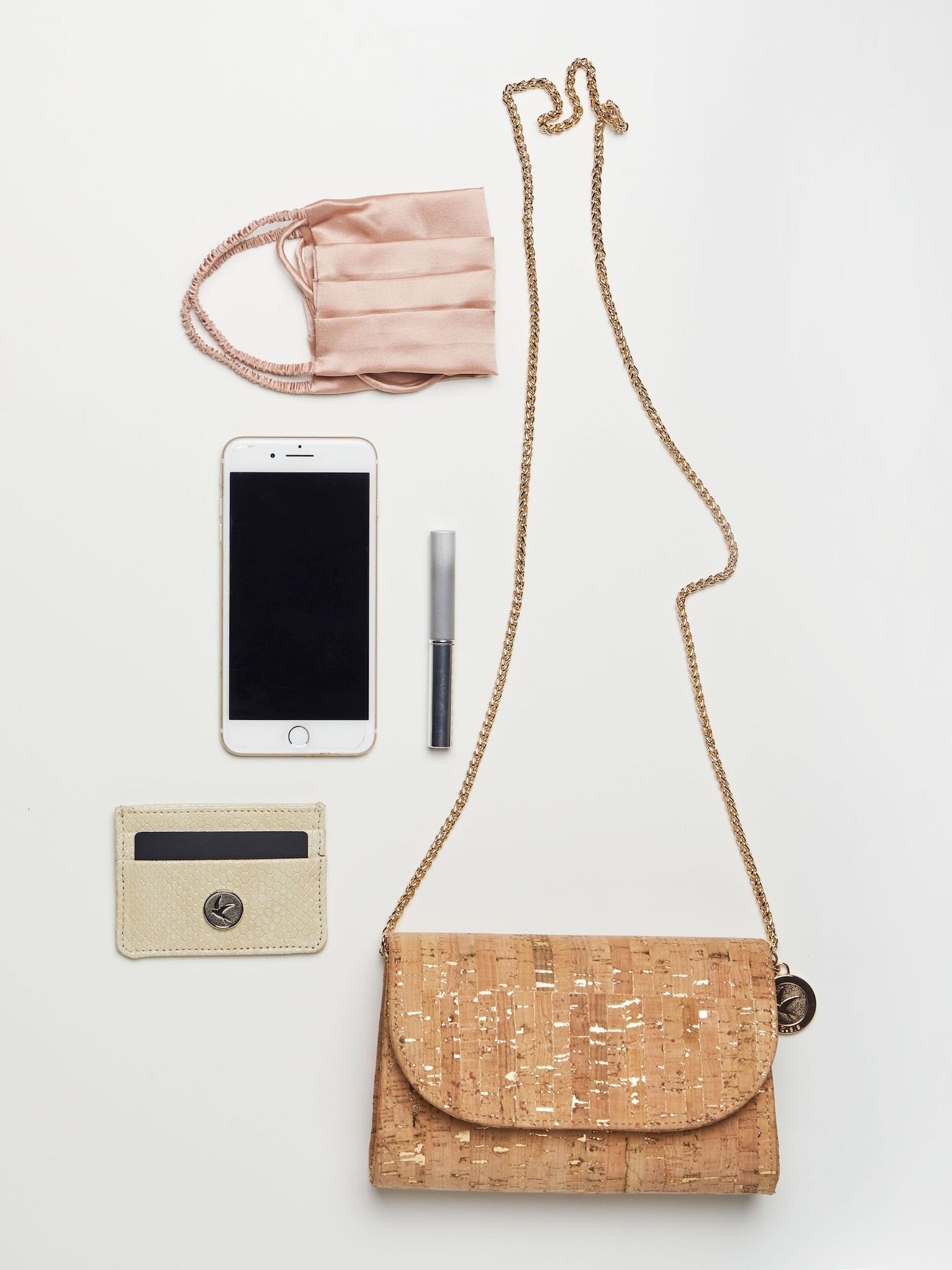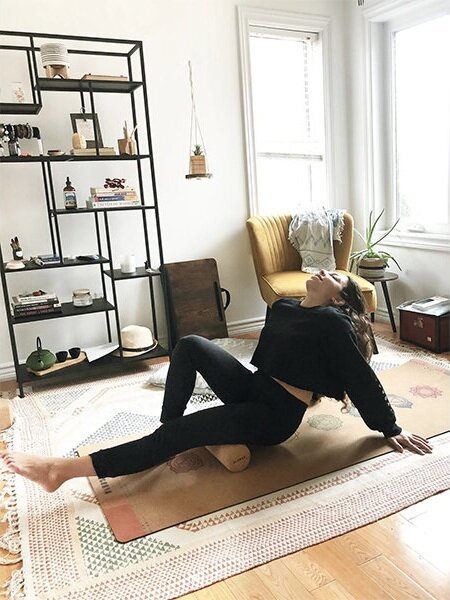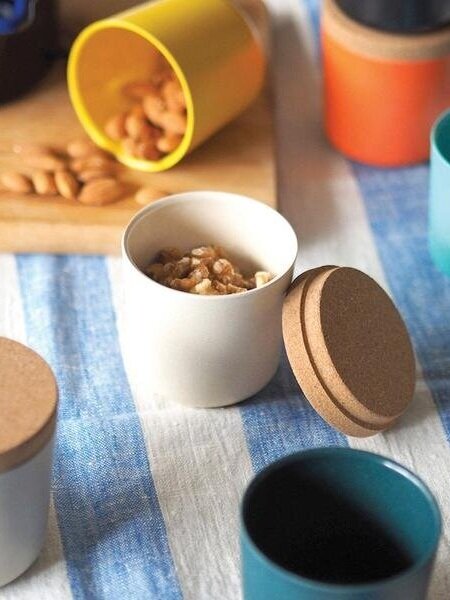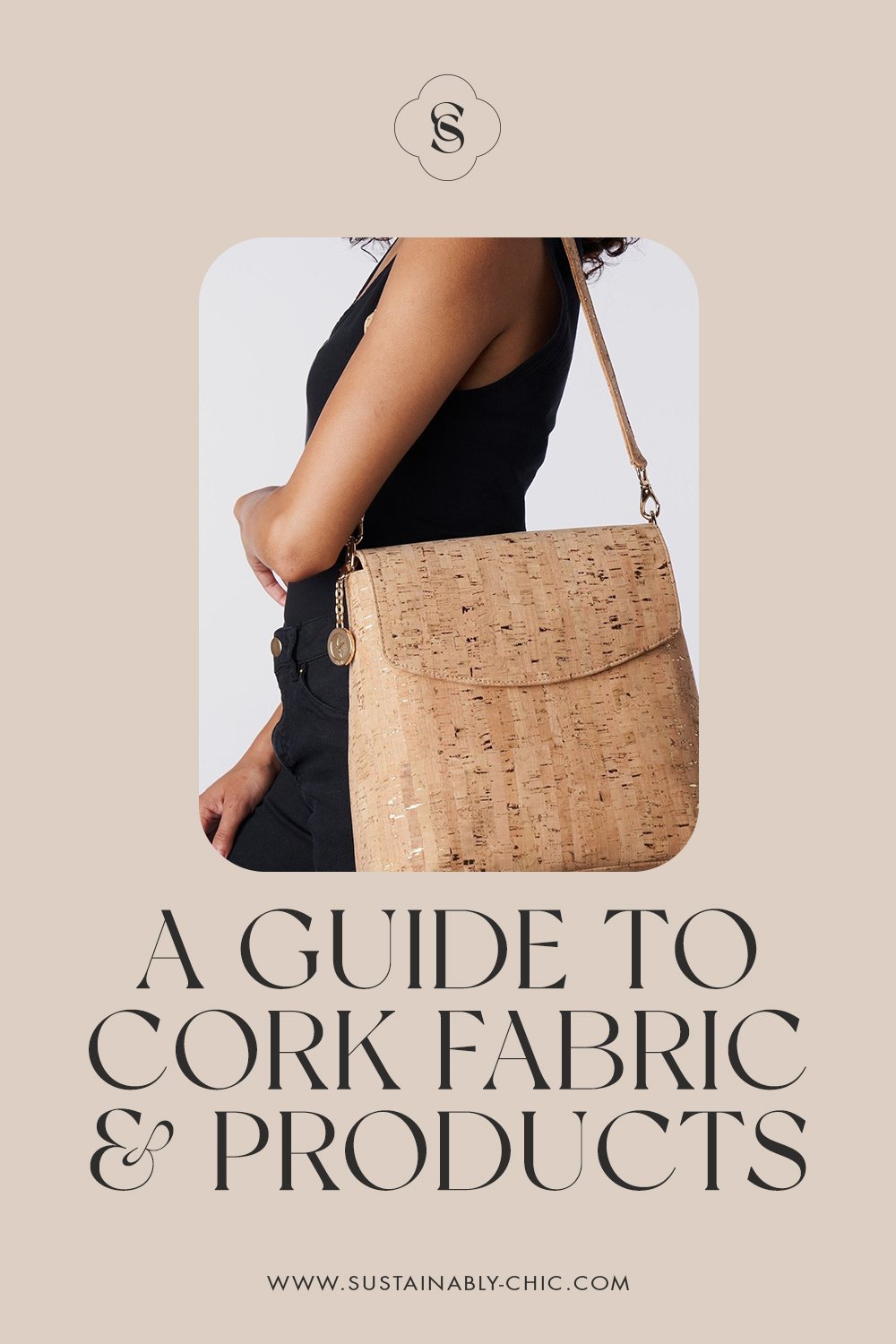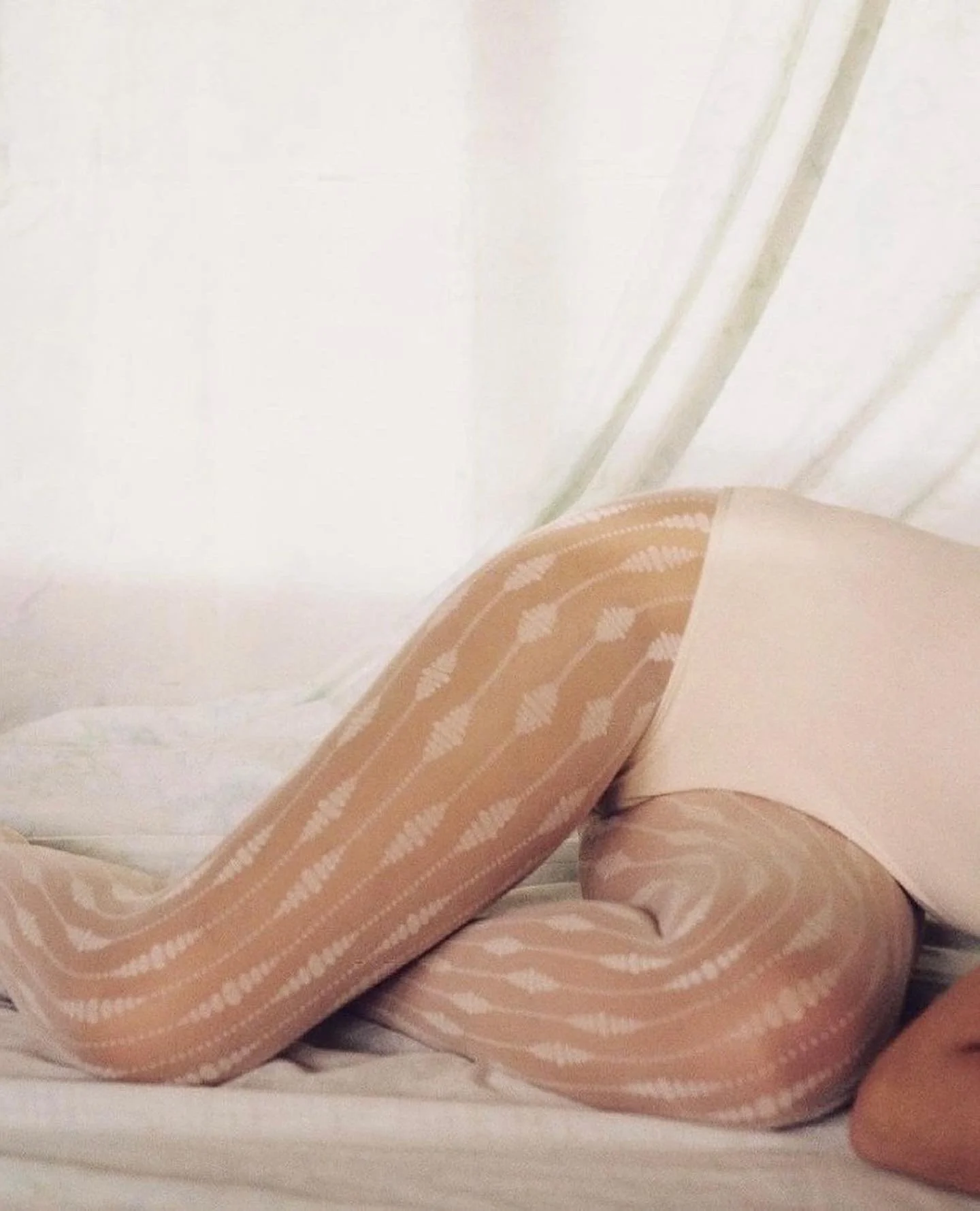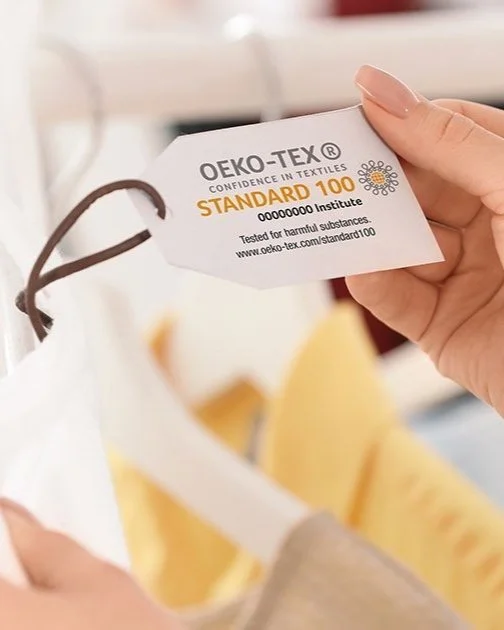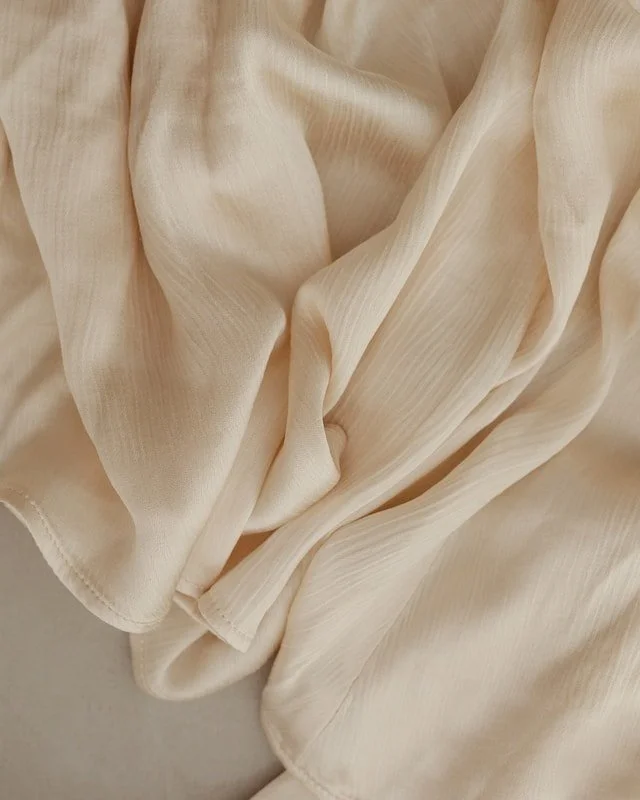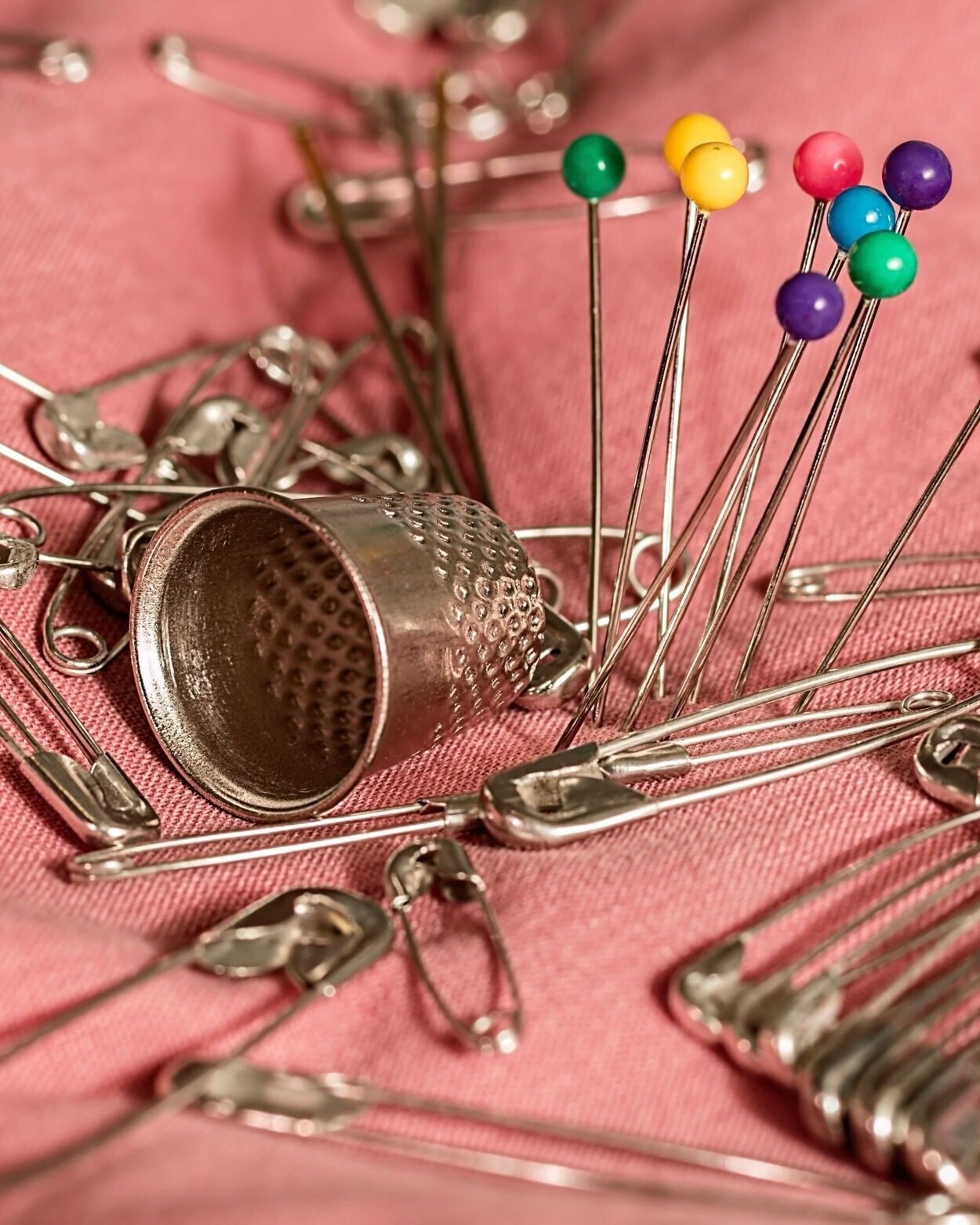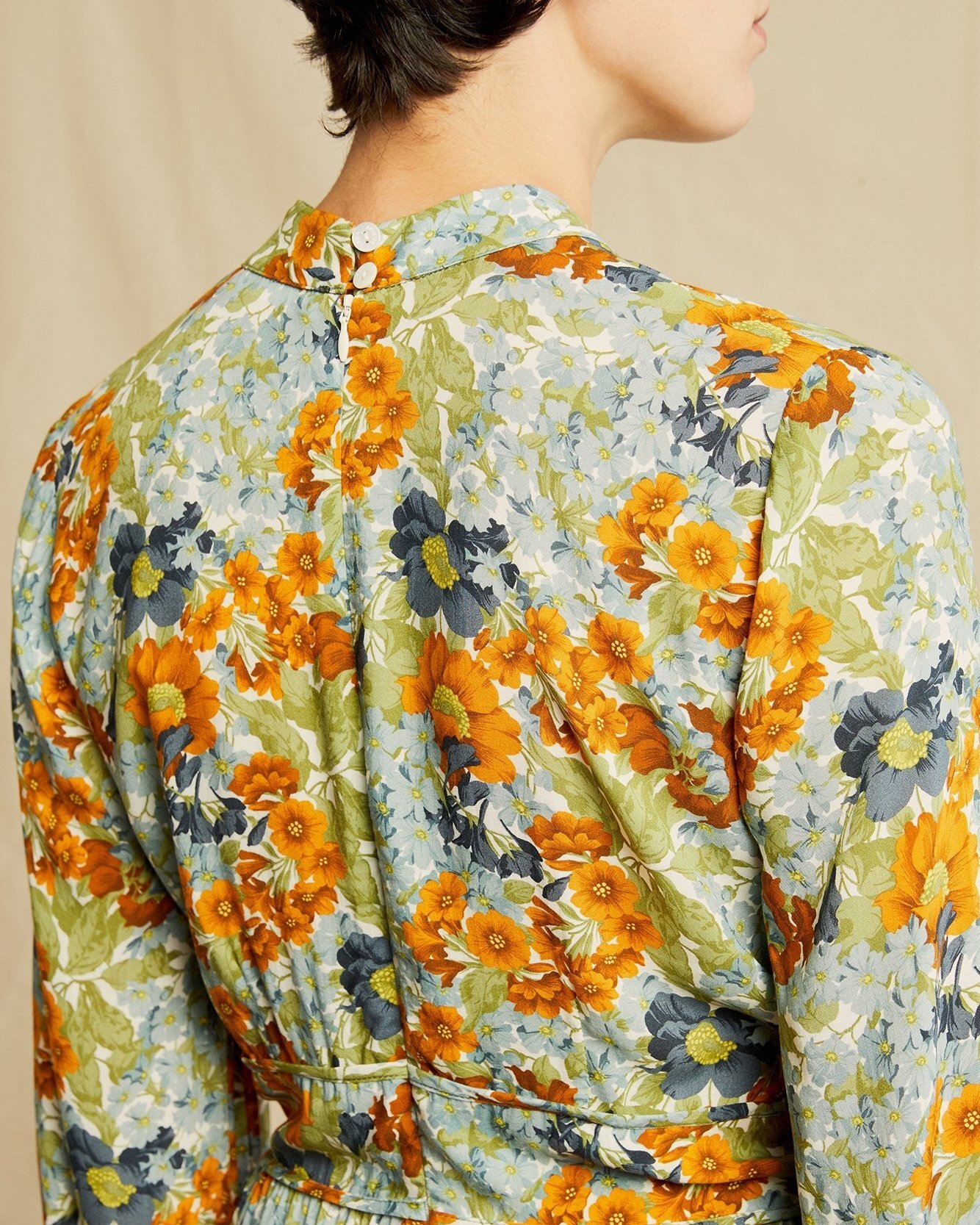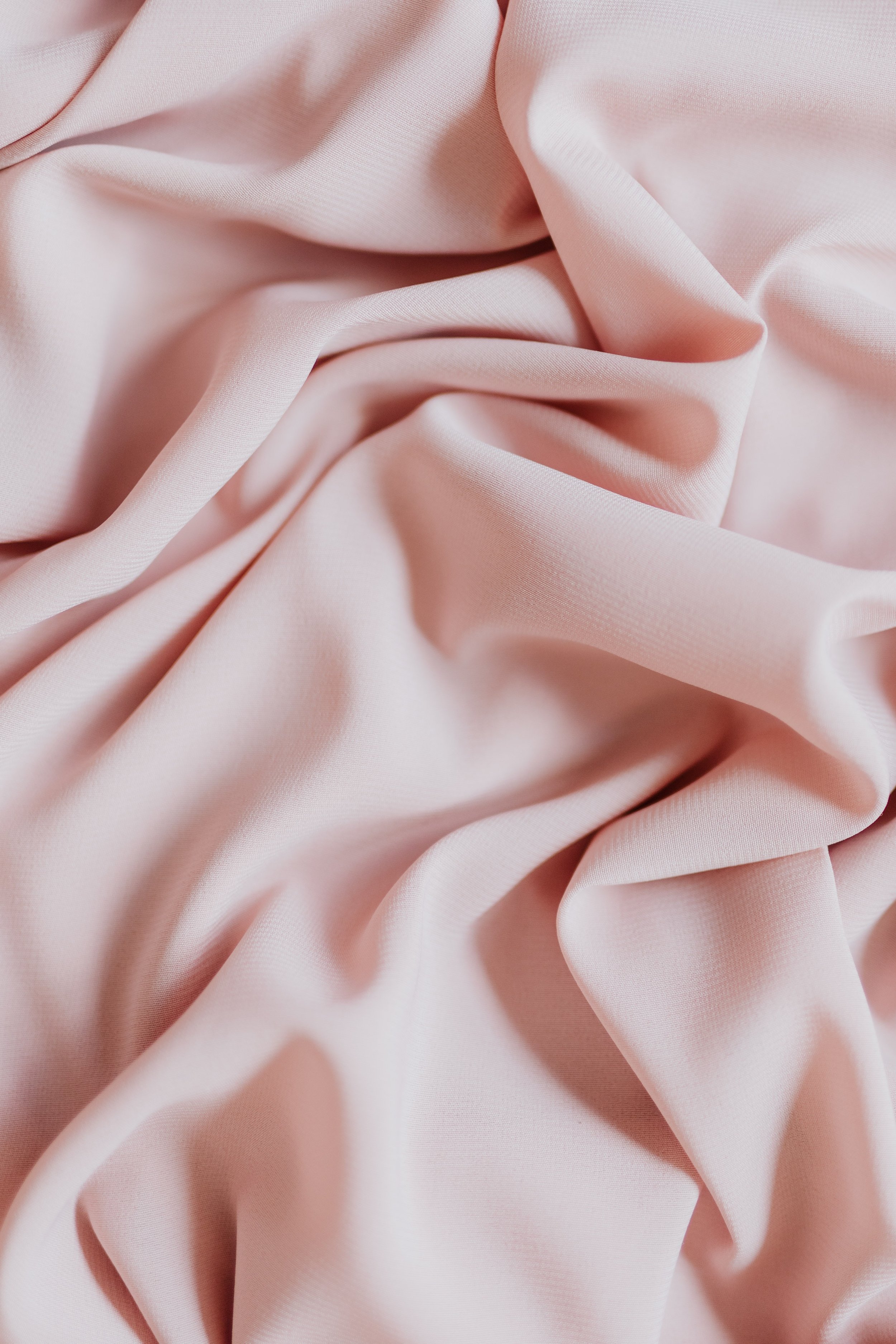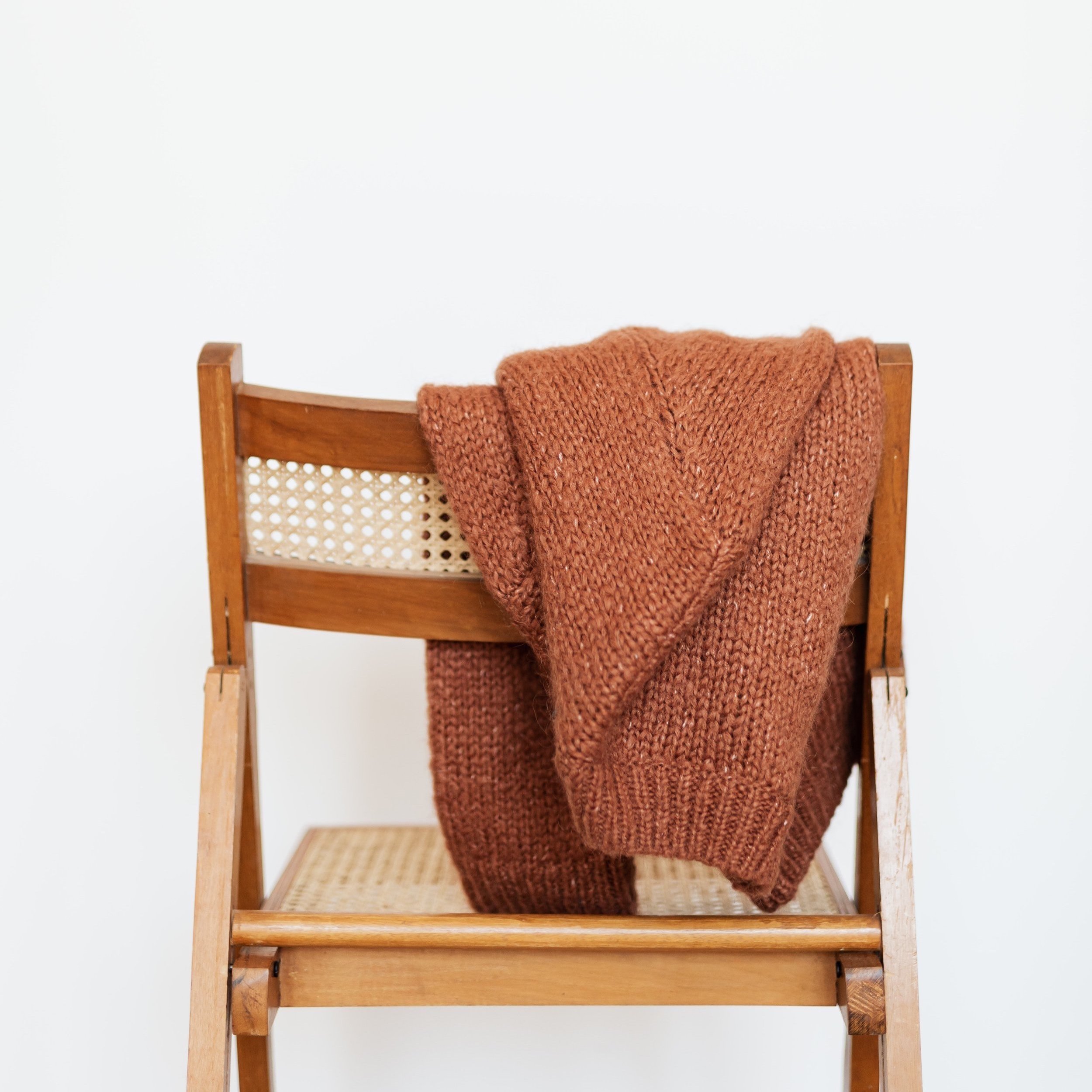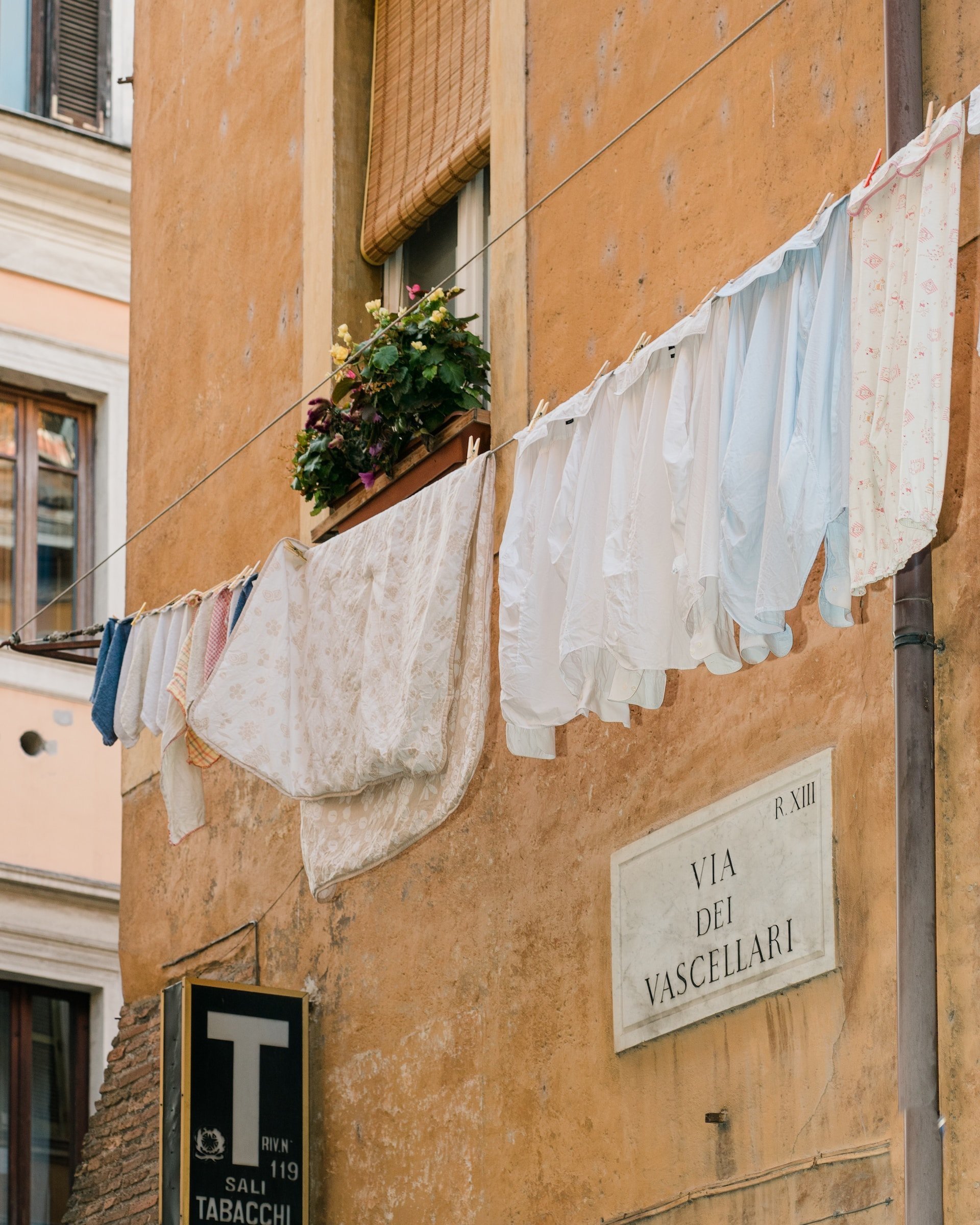What is Cork & How Is It Sustainable?
Image: Svala
Disclosure: Some of the links below are affiliated; we may earn a small commission if you click through and make a purchase. We only add brands & products we truly believe in. Thanks for supporting the brands who are working to make the fashion industry a better place!
Cork & Sustainability
When I think cork, I think wine, and I bet it’s not just me. But have you ever thought of cork outside of working it out of your way to enjoy a nice glass of red? Have you thought of where it goes after you finish that bottle? Or where it comes from? It turns out cork is actually *super* cool and equally as sustainable. This natural material is a powerhouse, a master of all trades, an overachiever. So, pop that cork and pour yourself a glass, and settle in for a little lesson on what cork has done for humanity.
What is Cork?
First of all, we gotta know what cork is, exactly. Cork is an extremely versatile, naturally occurring material that actually comes from a tree, specifically the outer bark of a mature cork oak. These cork oak forests, which are commonly found in theMediterranean, are important parts of the economic and environmental ecosystems they exist within. According to Amorim Cork Composites, “over 200 animal species and 135 plant species find ideal conditions for survival in the cork oak forest.” In addition to supporting such a biodiverse environment, the cork oak forests also absorb large amounts of carbon dioxide and protect against soil erosion and fire hazards since it’s such a low-combustible material.
Portugal, which hosts the largest amount of cork oak forests in the world and is responsible for half of the world’s cork production, has hundreds of companies that are directly linked to the forests. There are a plethora of ways these businesses rely on the cork oak forest, whether they are in charge of harvesting, storing, processing, or using the cork, or working with other aspects of the forest, like ecotourism. These forests have been creating and sustaining thousands of jobs for people for many, many years.
How is cork made?
So how exactly does cork go from tree bark to a wine cork? It’s quite fascinating, actually. The outer layer of bark is stripped multiple times over the course of decades, and each time a layer is removed, a different cork product is created. The first removal results in “virgin cork” and only occurs after the tree has fully matured, which takes about 25 years. The second stripping results in “secunderia cork”. These two products are then used in a variety of ways, from insulation for housing to items in the fashion industry. Finally, after nearly fifty years, the third removal results in the highest quality of cork, “amadia cork” which you’re most familiar with as wine stoppers.
Each harvest occurs every nine years or so during the spring to summer months, when the tree is experiencing the most growth. A cork tree is never cut down during harvest, so harvesting during its growth season ensures that the tree isn’t harmed, so it can continue maturing and producing cork for years to come. As we, as a society, are increasingly searching for sustainable alternatives, it’s important to look at the whole picture of how these products are created and how they play different roles within our lives.
What can cork do (or is the better question, what *can’t* it do?)
Cork works wonders at insulating due to the tiny bits of air within each cell. And we’re not just talking about typical insulation like you would think of in a home. Cork has gone to *space*, insulating rockets and spaceships since the 1960s! It’s also used for acoustic and thermal insulation and vibration absorption all across the construction industry - from flooring to boats to railways to skyscrapers.
The air in each cell also lends elasticity to the material that others lack, which makes it extremely lightweight but also durable and able to withstand high amounts of pressure and temperature. This durability can help it extend the life of other machines, like car engines and electrical power plants; technology that mixes cork with other materials, like rubber, has led to massive improvements across multiple industries. Its superstar composition doesn't stop there; because of cork’s non-absorptive properties, it is mold-resistant and hypo-allergenic, which means it can stand the test of time since it doesn’t deteriorate as quickly as other materials.
On the other side of the coin, cork is also consumer-friendly! Yoga blocks, chairs, fruit bowls, wallpaper, shoes - cork can do it all! We also consume cork products when watching movies, believe it or not! Props made of cork are lightweight and easy to move around or, you know, blow up in action scenes!This natural material is taking the consumer industry by storm as more and more people recognize that its versatility doesn’t sacrifice its sustainability.
Why cork deserves to be in your life (and probably already is!)
Cork is an incredibly sustainable product in and of itself. In addition to that, it can also benefit your health and home. Since it’s a non-absorptive, hypoallergenic, heat/fire-resistant material, it can bring peace of mind into your home. Installing cork flooring or insulation in your home could not only benefit the environment but end up protecting you and your property for much longer than other alternatives.
On a lighter note, although there hasn’t been extensive research done, studies have found that cork wine-stoppers have imparted antioxidant benefits into wine. Cheers to that, and hopefully some more research!
Around your house, cork should always be welcome and easy to incorporate. It’s biodegradable, recyclable, and backyard-compostable. A triple threat, if you will! If you’re looking to recycle your cork within the U.S.A., check out ReCORK’s website. Along with tons of info about cork, they also have cork recycling locations available to search.
Since it is such a versatile product, cork can be used in a multitude of different ways in your daily life. You could wake up and walk along your cork insulated floors. You could slip on your sneakers with cork insoles. You could grab your cork wristlet on your way out the door. You could drive to the market and have your car engine being supported by cork. You could pick up a bottle of wine with a cork that supports cork farmers in Portugal. You could go to a yoga mat and use your cork mat and cork roller. Then head home and not need to turn on your heater/a/c because your walls are more temperature regulated due to the cork insulation. You could pour yourself a glass of wine and not even consciously think about how incorporated cork already is in your life-What a subtle little sustainable powerhouse.
So cork is awesome, but is it too good to be true? Is there something we haven’t told you that will ruin cork forever? Short answer: no. Pinch yourself all you want; cork is cool! And for anyone worrying about the cork oak trees, wondering if they should just be left to their own devices, they actually are able to help their surrounding environment more after each harvesting process. According to a 2005 study by Luis Gil that Tiny Eco Home Life covered, it was “found that a harvested cork oak tree absorbs three to five times more CO2 than one that is not harvested.” And to repeat this very important fact: cork oak trees are NOT cut down to harvest the cork. Most trees live over 300 years, providing for people and the planet the whole time.
As this product becomes more and more popular with the trend toward sustainable alternatives, it will be increasingly easy to incorporate this super product into your daily life.
Our Favorite Sustainable Cork brands & products
Svala
This sustainable handbag brand uses cork to create totes, backpacks, purses, and wallets. You may be relatively familiar with their Pinatex (pineapple leather) handbags we showcase on Sustainably Chic, and their cork products are just as lovely and of high quality. What we love about a cork handbag is that it can literally go with any outfit. It’s that perfect neutral color.
EarthHero
This sustainable online marketplace is home to several cork products. You can find cork yoga mats (like the one pictured here), pens for the office, desk mats, coasters, and even cork massage balls. It’s great to have one place to go to find many different sustainable cork products under one roof, so be sure to check it out from time to time to see if anything new has been added!
Made Trade
Another wonderful stop to make for all things cork. Made Trade is one of the best destinations for sustainable fashion and home decor. You can easily shop your values, and their aesthetic is worth checking out. We’ve linked up the cork products for you, and they have a ton for you to choose from. These adorable recycled bamboo storage jars are just one of the exciting cork products!
Conclusion
I’m so glad that I stopped for a moment and thought past the wine stopper. That curiosity about cork has been sated, and in its place rests a deep appreciation for this natural product and all it’s done and will do in the future. Mother Nature really thinks of everything, doesn’t she?
Paige Annelayne is a freelance writer and digital media specialist currently based in Alabama, who loves to cook, learn about intersectional sustainability, and read a lot of books. Her cat, Gnocchi, her plants, and a good cup of matcha bring her joy. You can connect with Paige on Instagram @vitality.blog and at www.vtltyblog.com
MAKE SURE TO PIN THE PHOTO BELOW TO SAVE THIS POST FOR LATER!
WANT MORE SUSTAINABLE BRANDS? VISIT OUR BRAND DIRECTORY!
Our Brand Directory is home to hundreds of sustainable brands, from makeup to cleaning supplies, from underwear to shoes. We have broken everything down by category for easy shopping, along with discount codes unique to Sustainably Chic viewers.

